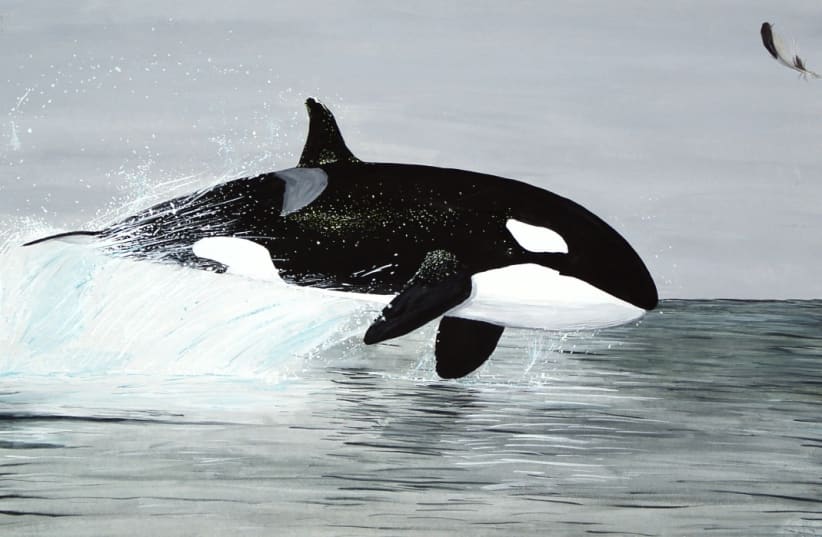Are females who have passed menopause useful for just babysitting with their grandchildren? They help out with a lot of things in human families, but among orcas (killer whales), post-reproductive females have been found to lower the number of injuries including bites that show off on the skin that their sons receive. Similar effects, however, have not been observed in the daughters or grandsons, or granddaughters of the female killer whales.
Understanding the evolution of menopause has presented a long-standing scientific challenge among zoologists, anthropologists, and psychologists. In humans and five species of toothed whales, females continue to live well beyond their reproductive years. Why should females cease ovulation prior to the end of their natural lifespan?
Charli Grimes, a graduate research assistant at the Center for Research in Animal Behavior at the UK’s University of Exeter led a team that studied this behavior in killer whales. The study is part of long-term research on “southern resident” killer whales that live off the Pacific coast of North America. They published their findings in the journal Current Biology under the title “Postreproductive female killer whales reduce socially inflicted injuries in their male offspring.”
It's not all black and white: Orca behavior post-menopause
The orca (Orcinus orca) is a large, toothed whale recognizable by its black-and-white patterned body. A cosmopolitan species, orcas are found in all of the world's oceans in a variety of marine environments, from Arctic and Antarctic regions to tropical seas.
Orcas have a diverse diet, eating fish, sharks, stingrays, and marine mammals such as seals and whales, making them the ocean’s apex predator with no natural predators other than humans. They are highly social; some populations are composed of highly stable matrilineal family groups called pods. Their sophisticated hunting techniques and vocal behaviors, which are often specific to a particular group and passed across generations, have been described as manifestations of animal culture.
The authors explained that late-life contributions that post-reproductive females may provide their family members have not been well studied. “Here, we test the hypothesis that post-reproductive female resident killer whales provide social support to their offspring by reducing the socially inflicted injuries they experience.”
Where direct observations of behavior in marine mammals are difficult to observe, tooth rake markings on the skin’s surface provide clear indirect evidence of social interactions. They found that tooth rake injuries are lower for male offspring in the presence of their post-reproductive mother but not in their other offspring. These males had 35% fewer tooth marks than other males.
“Taken together, our results highlight that directing late-life support may be a key pathway by which post-reproductive females transfer social benefits to their male offspring,” according to the researchers.
In orca societies, post-reproductive females act as repositories for ecological knowledge of when and where to find food and directly share 57% of fish they catch.
The team based their findings on a unique dataset including nearly 50 years of multi-generational demographic records for 103 killer whales, of which 6,934 photos showed socially inflicted injuries. They analyzed the relationship between the composition of the social unit and socially inflicted injuries in the presence or absence of an individual’s post-reproductive mother or grandmother or their reproductive mother or grandmother. They found no evidence that the presence of a post-reproductive female affects the rake density shown by non-offspring or grand-offspring of either gender.
“An unusual feature of resident killer whale societies is that male killer whales remain in close association with their mothers for the duration of their lives, which may enable them to benefit in a number of ways from the social support provided by their post-reproductive mothers. Damage to the skin provides a route of infection for pathogens that could lead to increased mortality; orcas are regularly exposed to environmental pathogens via the sea surface layer,” they concluded.

